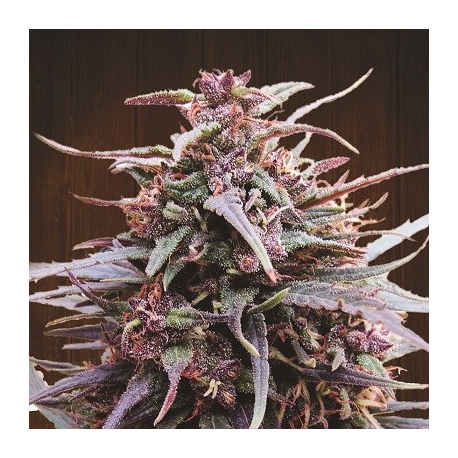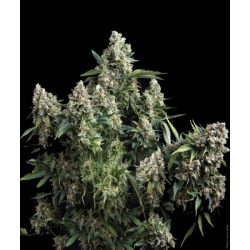
Purple Haze x Malawi | Indoor & Outdoor
Reference:
Manufacturer: Ace Seeds
2 Items Warning: Last items in stock!
Data sheet
| Quantity | 5 seeds |
| Sex | 02 Regular |
| Variety | 03 Mostly Sativa (min 70%) |
| Flowering Type | 01 Photoperiod |
| THC Content | 05 Very High (over 19%) |
| CBD Content | 01 Very Low (below 1%) |
| Growing Location | 03 Indoor & Outdoor |
| Yield Indoor (g/m²) | 03 High (401 - 500g/m²) |
| Yield Outdoor (g/plant) | 03 High (200 - 500g) |
| Flowering Time Indoor | 13 weeks |
| Harvest Month Outdoor | 11 November |
| Genetics | Purple Haze x New Malawi Killer |
More info
Purple Haze x Malawi is an old school F1 pure sativa hybrid, with strong Purple Haze dominance and improved vigour, yield and potency from our Malawi line.
In order to create this spectacular sativa, our best Purple Haze was pollinated by the killer Malawi. The powerful african genes add a new dimension to the super sativa Haze concept, creating one of our most interesting 'sativa haze' hybrids.
| Sativa / Indica ratio | 100 % sativa |
|---|---|
| THC | 18-23 % |
| CBD | 0.2 % |
| CBG | 0.3 % |
| Flowering indoors | 13-15 weeks |
| Flowering outdoors | November |
| Yield | High |
| Resistance against spider mites | Average |
| Resistance against powder mildew | Average-High |
| Resistance against botrytis | Very high |
| Resistance against white fly | Average-High |
| Resistance against cold | Average-High |
| Resistance against heat | Very high |
| Latitude | 0º-43º |
| Genetics | Purple Haze x New Malawi Killer |
| Structure | Tall and thin sativa, with strong lateral branching. |
| Bouquet | Exotic aroma of blackberry liquour, red wine, spices, incense and wood, with citric touches. Oily and fermented background. |
| High | Powerful, long lasting and stimulating effect of premium quality. |
| Growing Tips | Green Haze x Malawi can be grown indoors, although we recommend providing her with enough space and strong light intensity to achieve the best results. Highly recommended for SCROG, horizontal or network growing due to its excellent yield in the lateral branches and its vigorous reaction to pruning. Outdoors, it produces excellent results in tropical/subtropical climates, and it can also be grown in coastal climates with warm autumn up to latitude 43º. In continental or highland climates it can be grown up to latitude 35º. We recommend moderate-low levels of nutrients for the whole cycle, especially of nitrogen. |
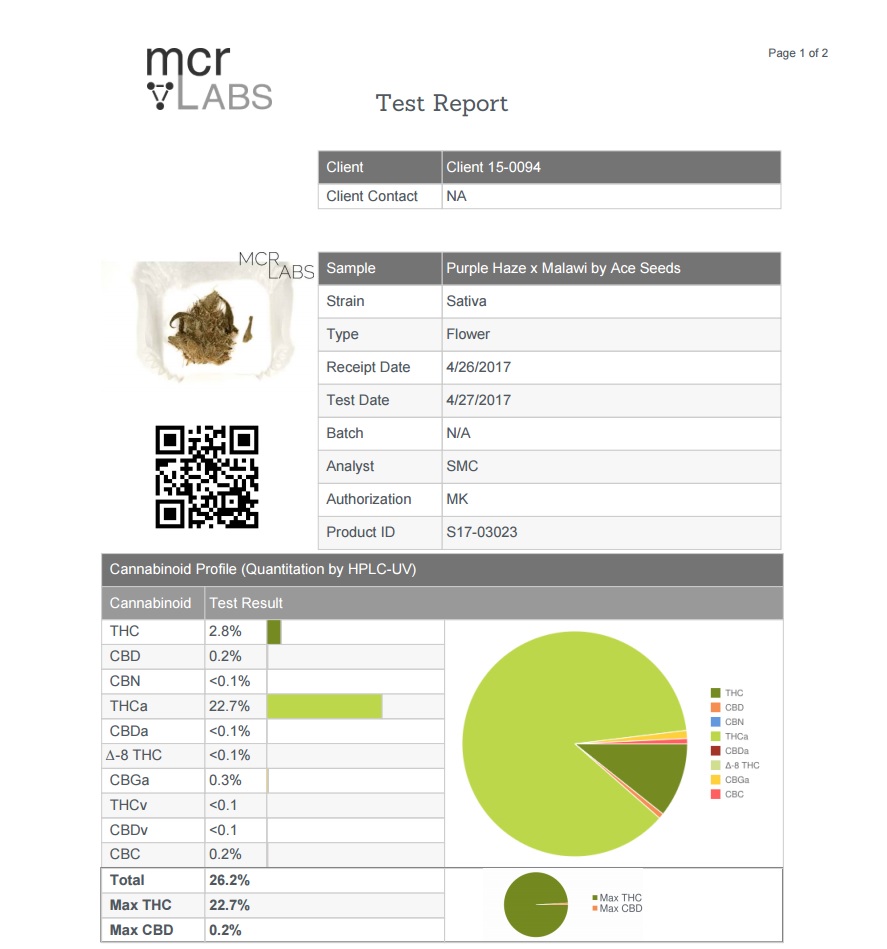
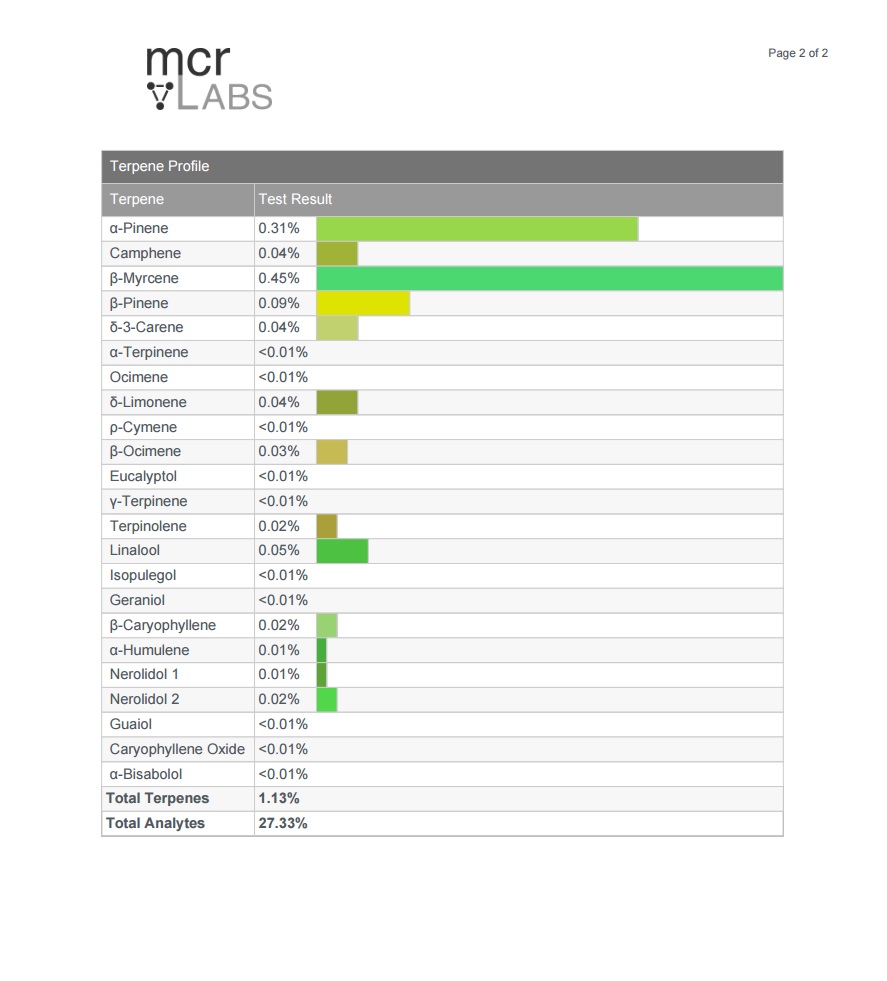
Customers who bought this product also bought:
-

-

Bruce Banner...
Bruce Banner has its origins in Colorado, from...
-
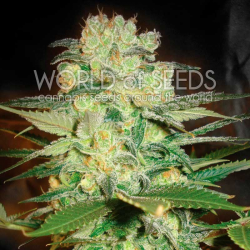
-
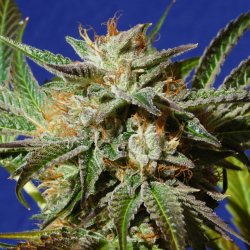
-
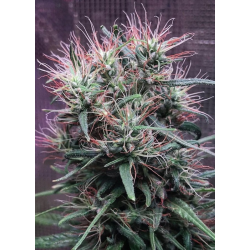
Ethiopia x...
Authentic 'Old School' 100% Sativa African F1...
-
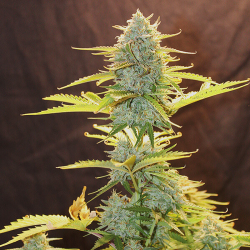
-
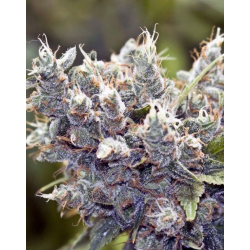
-
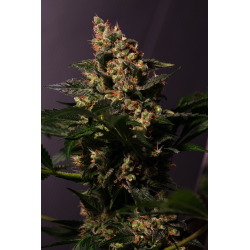
-
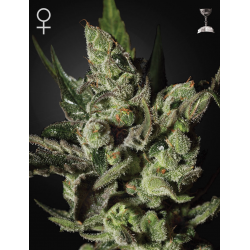
-
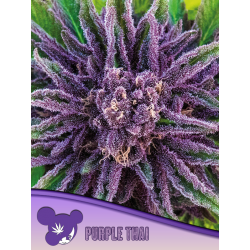
Purple Thai,...
Purple Thai comes from Thailand and is one of...

